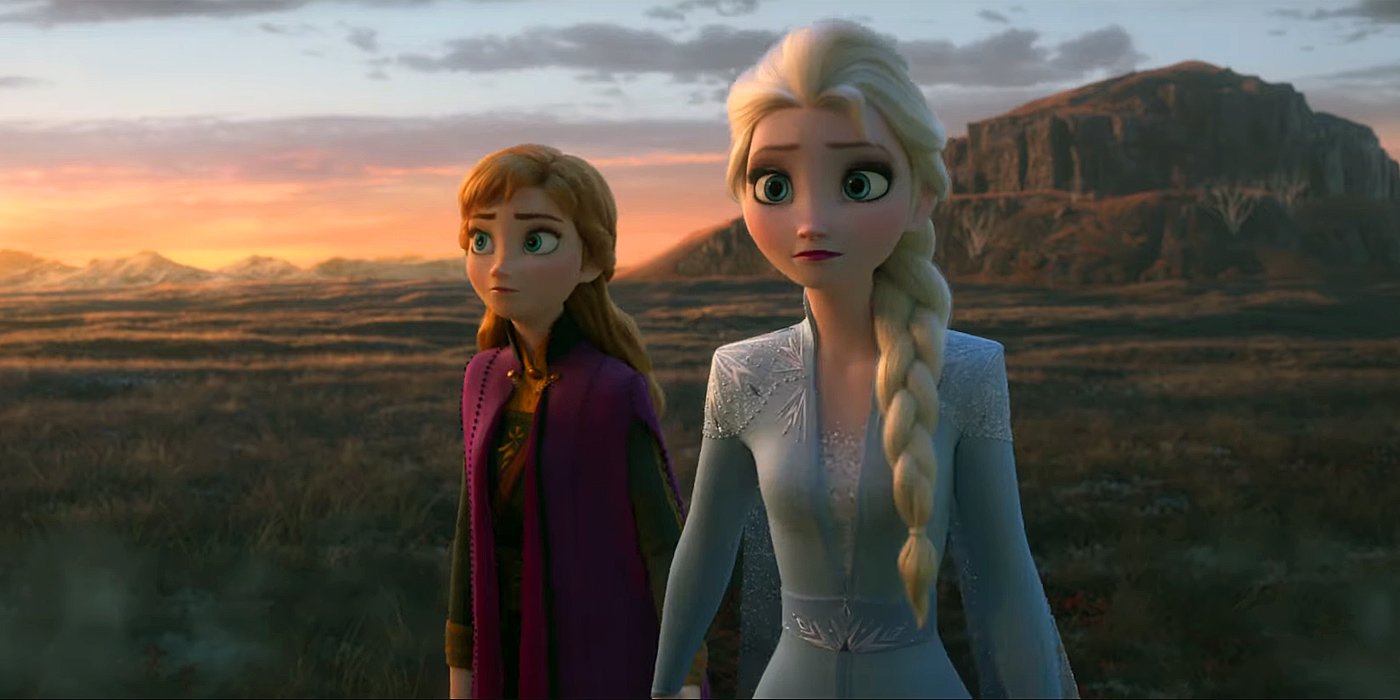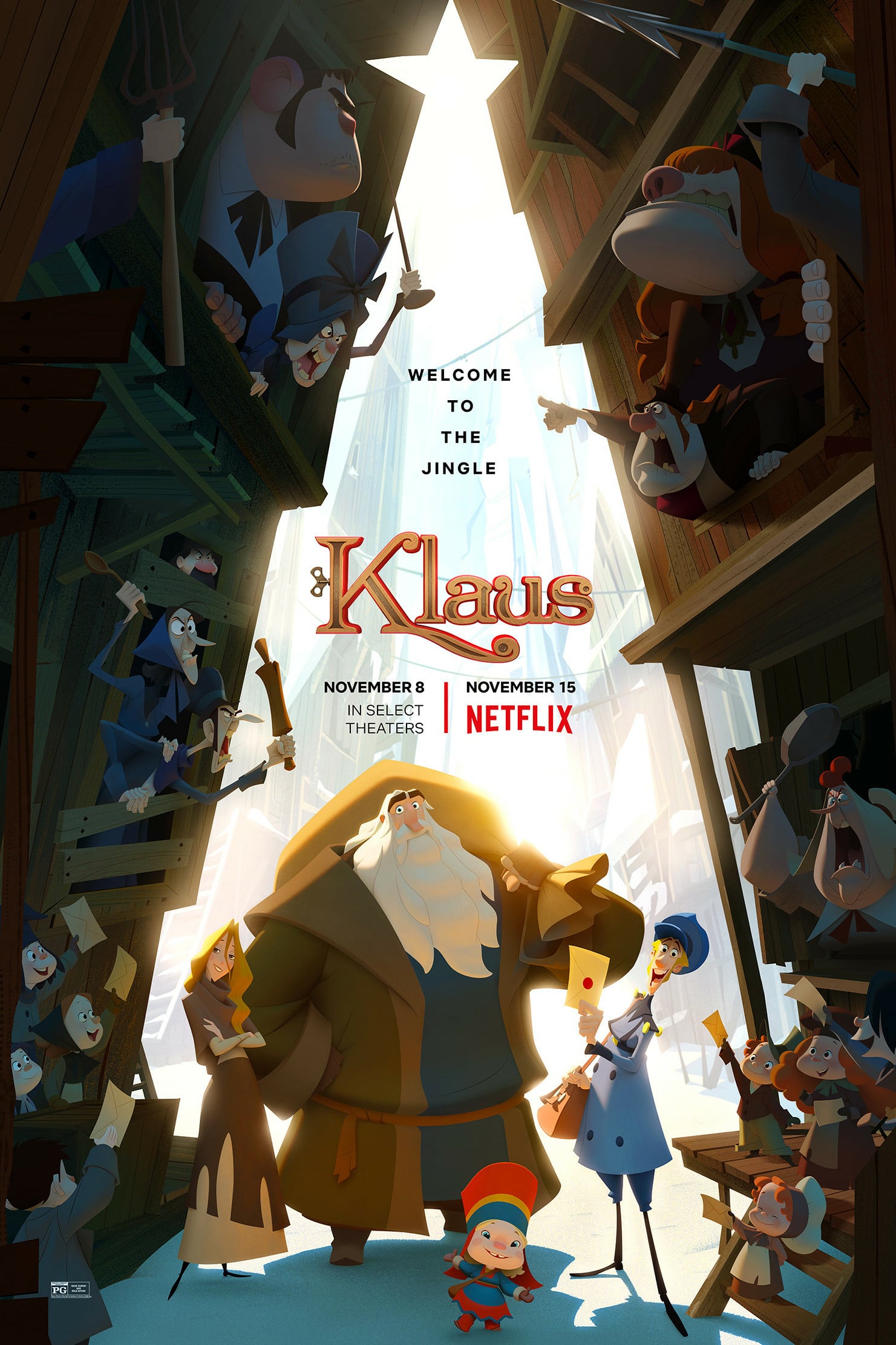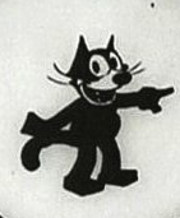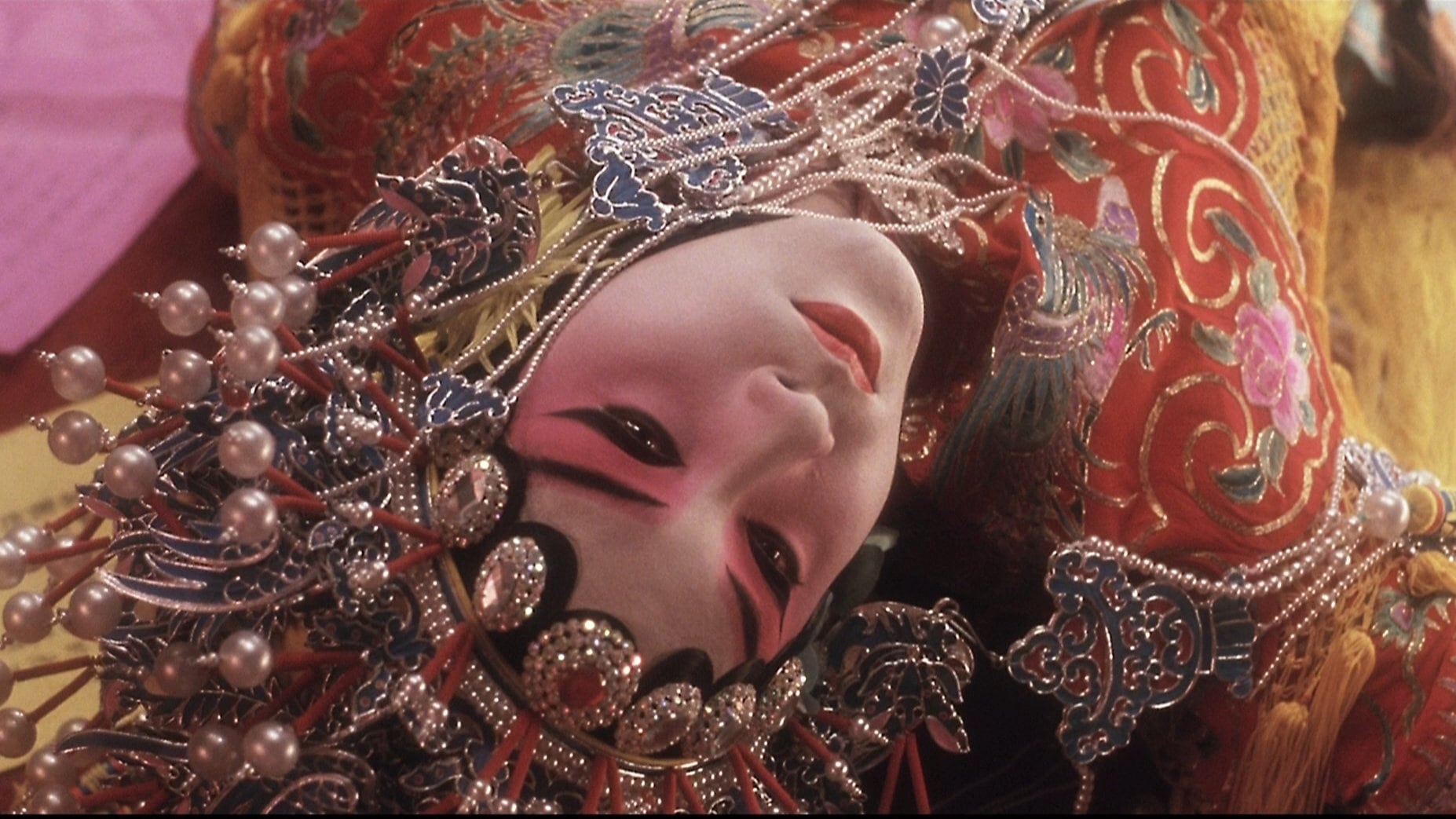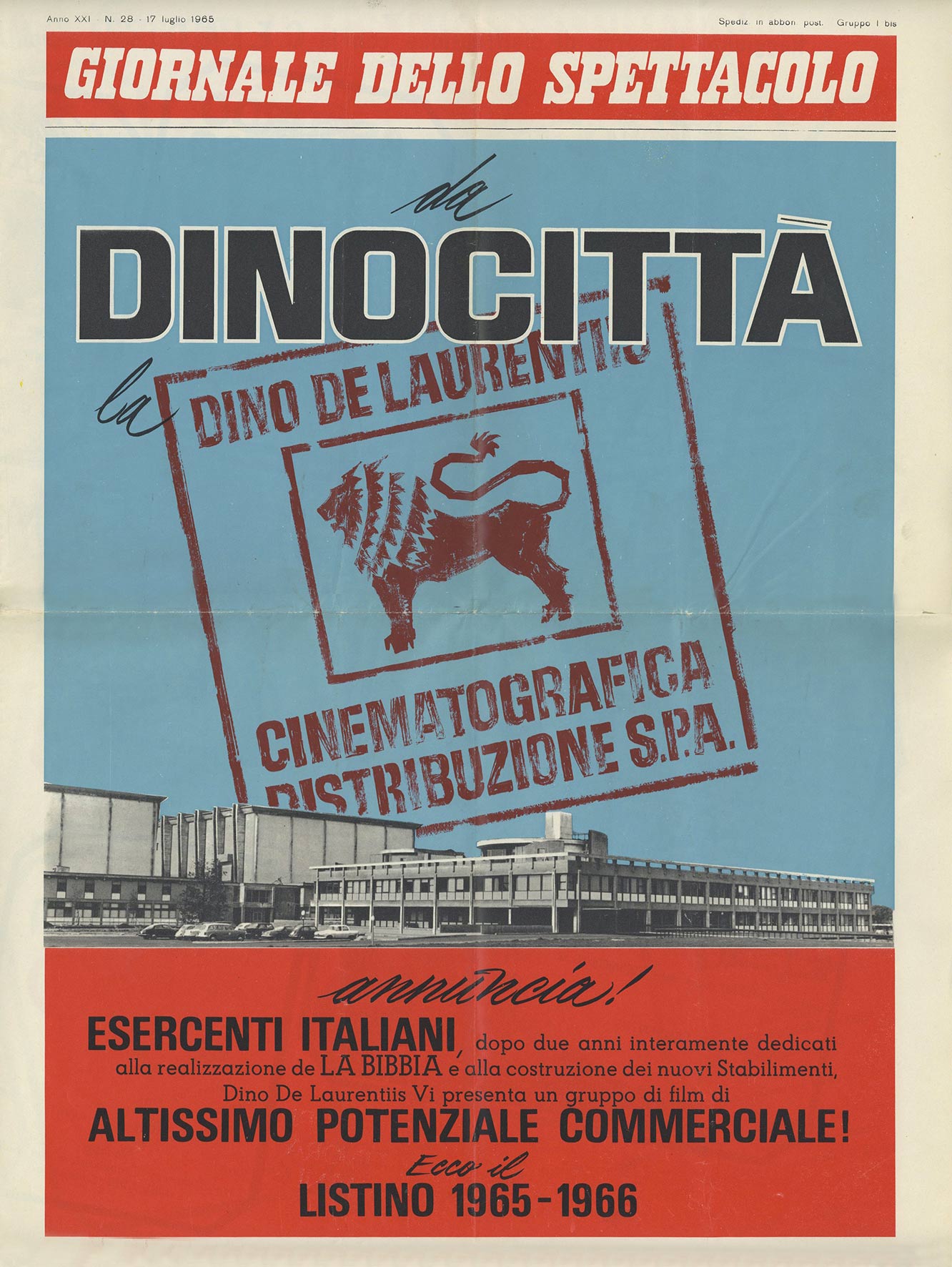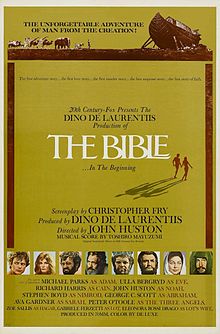Review: Frozen II
 Saturday, November 23, 2019 at 9:30AM
Saturday, November 23, 2019 at 9:30AM By Tim
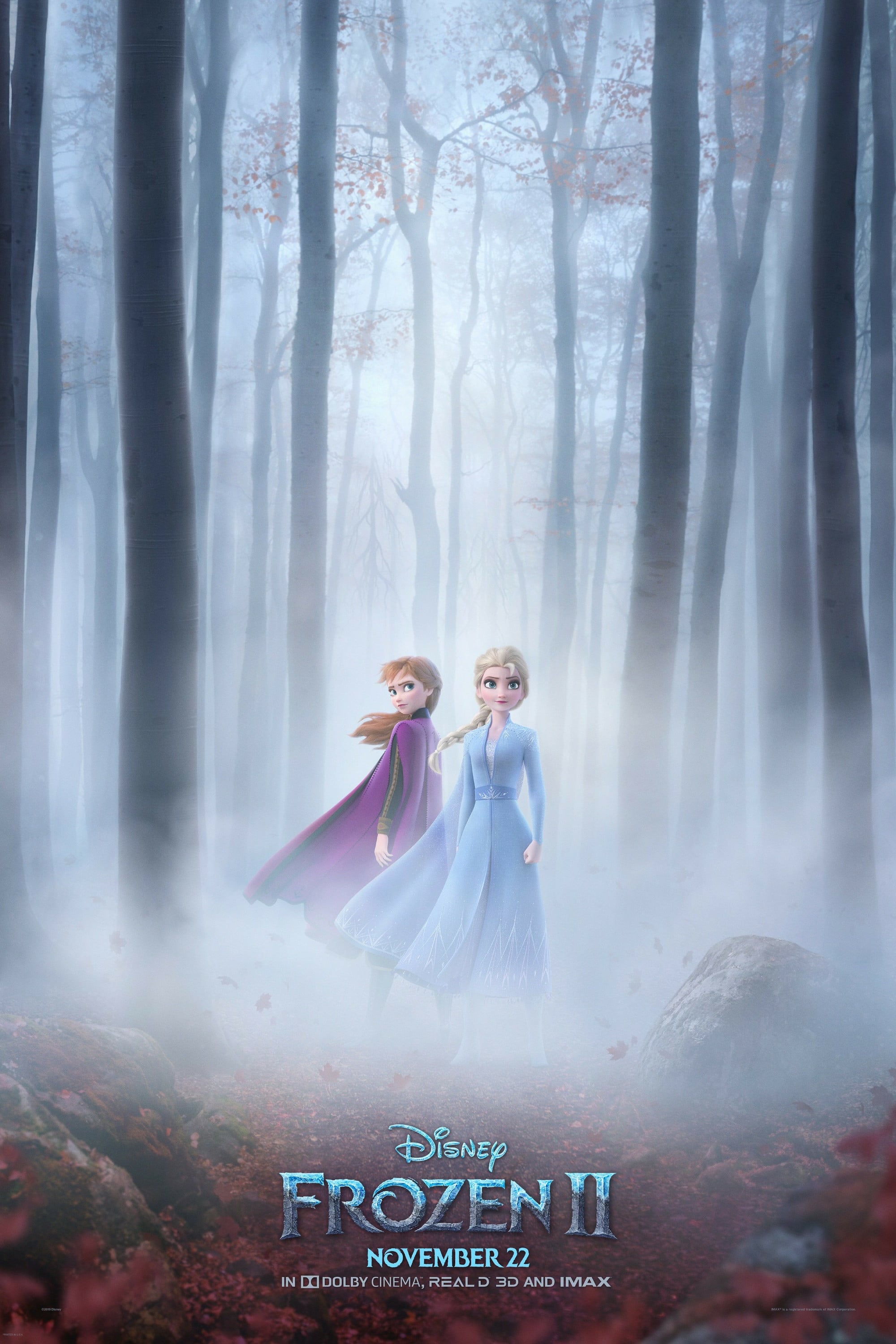 Frozen, the 2013 feature from Walt Disney Animation Studios, is one of the decade's most extreme success stories: it's the highest-grossing film of the decade that's neither a remake nor a sequel, as well as the highest-grossing animated feature in history (depending on where you set the definition of "animation"; this summer's all-CGI remake of The Lion King bumped it down a notch). Even given Disney's historical reluctance to produce theatrically-released sequels, it's not really much of a surprise that the studio has succumbed to the temptation to chase that blockbuster with a six-years-later follow-up. And so it is that Frozen II is upon us.
Frozen, the 2013 feature from Walt Disney Animation Studios, is one of the decade's most extreme success stories: it's the highest-grossing film of the decade that's neither a remake nor a sequel, as well as the highest-grossing animated feature in history (depending on where you set the definition of "animation"; this summer's all-CGI remake of The Lion King bumped it down a notch). Even given Disney's historical reluctance to produce theatrically-released sequels, it's not really much of a surprise that the studio has succumbed to the temptation to chase that blockbuster with a six-years-later follow-up. And so it is that Frozen II is upon us.
The biggest question facing the film is, of course, "does it live up to the original?" And I do wish that I had a less wishy-washy answer than "maybe." A lot depends on what you think about Frozen: for me, it's the third-best of Disney's three original princess movies this decade, behind 2010's Tangled and 2016's Moana, largely because of what a shambling wreck it becomes as the story structure loosens in the second half. Frozen II has the same problem, but in reverse: the first half of the movie feels more like script notes than a script, scene after scene in which neither the stakes, nor the locations, nor the emotions, nor the narrative momentum seems to carry through. Then, at a particular point midway – the particular point depicted in the film's dramatic teaser trailer, no less – everything snaps into focus and the plot and mood suddenly seem like they make sense, more or less. Which is irritating, because it means that talking about everything Frozen II does well would bring us into spoiler territory, and thus this review is going to involve a lot more complaining than the film necessarily deserves...
